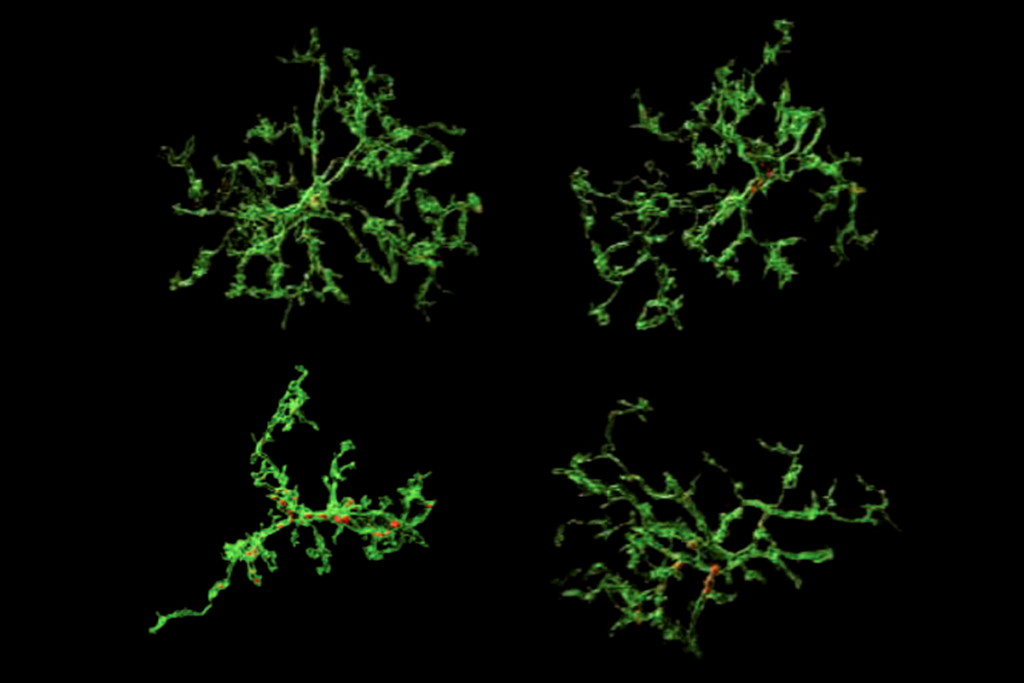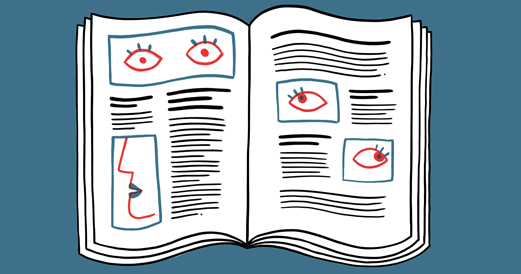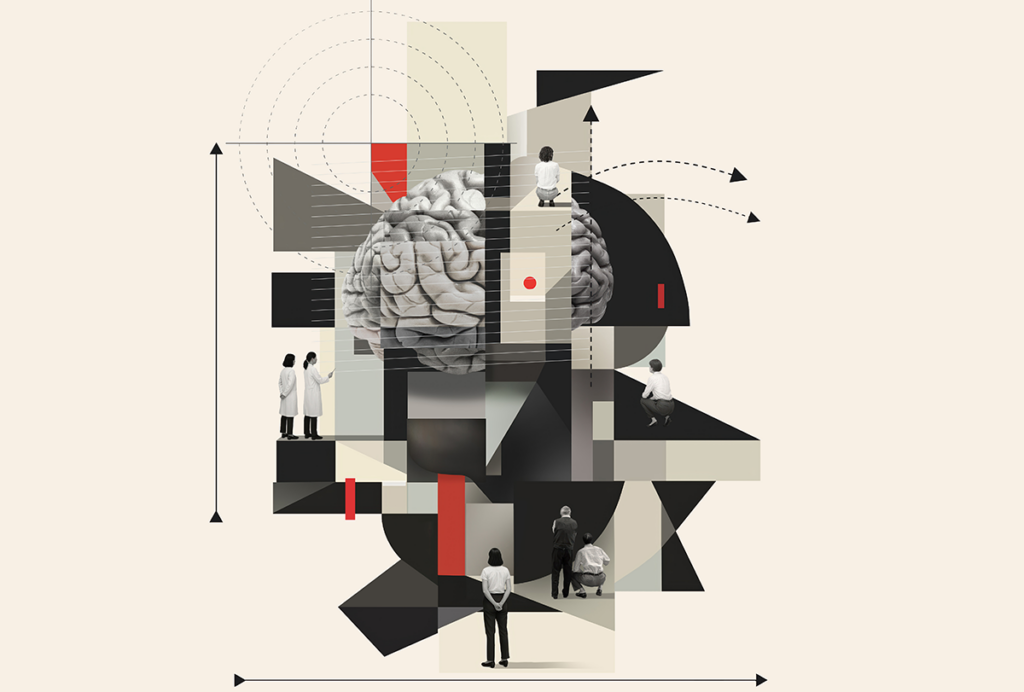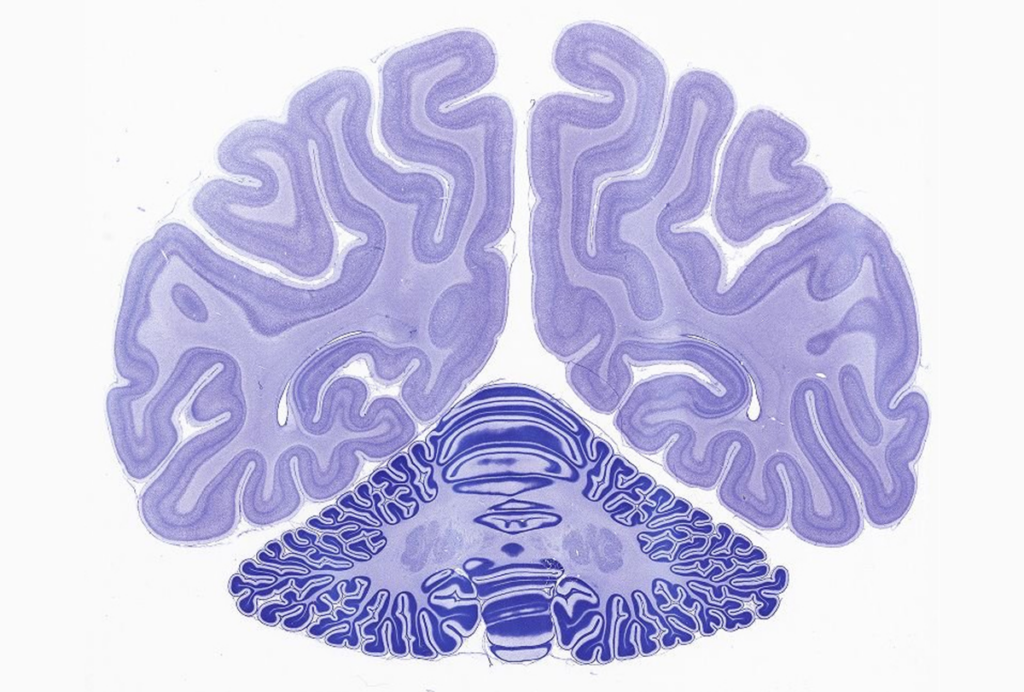Rett reflections; supplement scare; gender studies
It’s been 50 years since the first description of Rett syndrome, a hodgepodge of supplements sickens a boy with autism, and gender stereotypes make it hard to spot girls on the spectrum.
- It’s been 50 years since Austrian neurologist Andreas Rett described 22 girls with the syndrome that would come to bear his name, according to a commentary published last week in Cell. Most of the girls developed normally for the first nine months, but then their development stalled. They learned few or no words and lost all facial expression. They had difficulty standing and walking, and their hands were constantly fidgeting.Swedish neurologist Bengt Hagberg soon noticed a similar set of features in a separate group of girls. He called it a “progressive syndrome of autism, dementia, ataxia, and loss of purposeful hand use in girls.” Only when Hagberg and Rett met at a medical conference the early ’80s did they realize they were describing the same condition. They called it Rett syndrome.That serendipitous meeting, and the publications that followed, put Rett syndrome on the radar of clinicians everywhere, according to Huda Zoghbi, professor of molecular and human genetics at Baylor College of Medicine in Houston, Texas.
“If not for that fateful conference, it might have taken a very long time to realize these different small populations of girls suffered from the same disease,” Zoghbi writes in the Cell commentary. “When we reflect on the 50-year history of Rett syndrome, the importance of scrupulous history-taking and careful clinical observation over a long period of time are abundantly clear.”
- Frustrated by the dearth of autism drugs, many parents try unproven therapies, such as supplements, to improve their children’s condition. But a case study published last week in BMJ Case Reports highlights the perils of this approach.The report centers on a 4-year-old boy with autism who arrived at an emergency room having lost 6 and a half pounds in two weeks. The boy was vomiting and severely dehydrated. A few days into his hospital stay, the boy’s mother revealed that he had been taking a dozen supplements a naturopath had recommended for his autism.Tests showed that the boy had high blood levels of calcium and toxic levels of vitamin D — two of the supplements in his intense regimen. He was hospitalized for two weeks.
“His parents were devastated that something they had given to their son with good intent had made him so unwell,” the researchers write in the study.
A study published last year found that 80 percent of parents of children with autism have given their children dietary supplements. It may seem like a natural approach, but the formulations aren’t regulated by the U.S. Food and Drug Administration, and some may interact with other medications.
- Researchers uncovering the genetic variation that gives rise to various traits in the population are leaving out a large slice of humanity.Roughly 80 percent of participants in large genomic studies are of European decent, according to a commentary published Wednesday in Nature. Individuals of African and Latin American ancestry, Hispanic people, and native or indigenous peoples make up less than 4 percent of participants in these studies.“A complex web of historical, cultural, scientific and logistical factors is sustaining an embarrassing bias in genomics,” writes Stephanie Fullerton, associate professor of bioethics and humanities at the University of Washington in Seattle, and Alice Popejoy, a graduate student at the university’s Institute for Public Health Genetics.
Until genomic studies become more diverse, “geneticists will continue to miss important information about disease biology,” the researchers write. “They won’t know how many of the thousands of associations between variants and diseases, and between variants and responses to drugs, observed in populations of European ancestry replicate in other groups.”
- Autism features in girls and women are often mistaken for shyness, awkwardness or snobbery. A new article in Quartz puts this bias under the microscope, asking women on the spectrum to explain how they feel society sees their unique traits.One particularly powerful account comes from Morenike Giwa Onaiwu, an African-American woman who sits on the board of directors for the Autism Women’s Network.“Social awkwardness? Of course not; apparently I’m just rude,” Onaiwu told Quartz. “Sensory overload, or maybe a meltdown? Nope, more like aggression or being a drama queen. Anything but what it really is — an Autistic person being Autistic who happens to be black and happens to be a woman.”
Why are autism features in girls and women interpreted so differently from those in boys and men? Because of long-held gender stereotypes, says Sharon daVanport, executive director of the Autism Women’s Network. Whereas a young boy’s intense interest in collecting maps may signal to his parents that something is wrong, “a young girl who spends hours upon hours researching her intense interest will be considered quiet, polite, lady-like, and all the other gender-based labels which society assigns to girls before they’re even born,” she told Quartz.
- The National Institutes of Health has earmarked another $70 million for the Brain Research through Advancing Innovative Nanotechnologies (BRAIN) Initiative — an effort launched in 2013 to understand the circuity and function of the brain. The investment, announced yesterday, brings the initiative’s funding for 2016 to $150 million.“This year, more projects will be based, at least in part, on data from humans,” Joshua Gordon, director of National Institute of Mental Health, said in a statement. “Some of these projects are aimed at fine-tuning brain stimulation and other promising technologies for the treatment of mental illnesses.”You can see a list of newly funded projects here.
- Making a career move? Send your news to [email protected].
Recommended reading

Functional connectivity links with autism, not ADHD; and more

Ramping up cortical activity in early life sparks autism-like behaviors in mice

New method identifies two-hit genetic variation in autism; and more
Explore more from The Transmitter

How neuroscientists are using AI

Neuroscience needs engineers—for more reasons than you think
